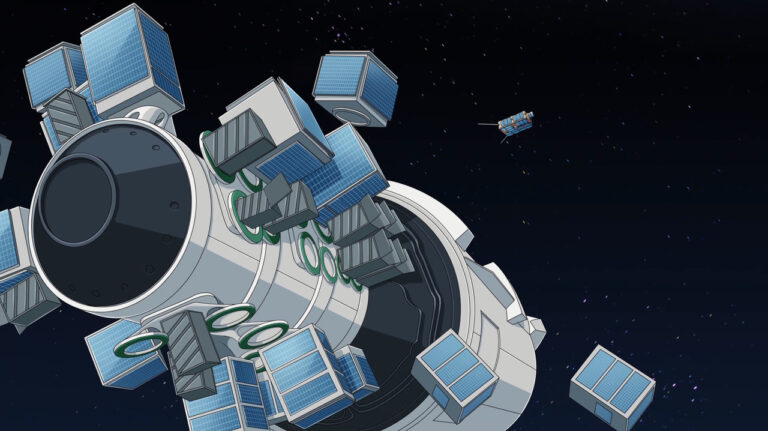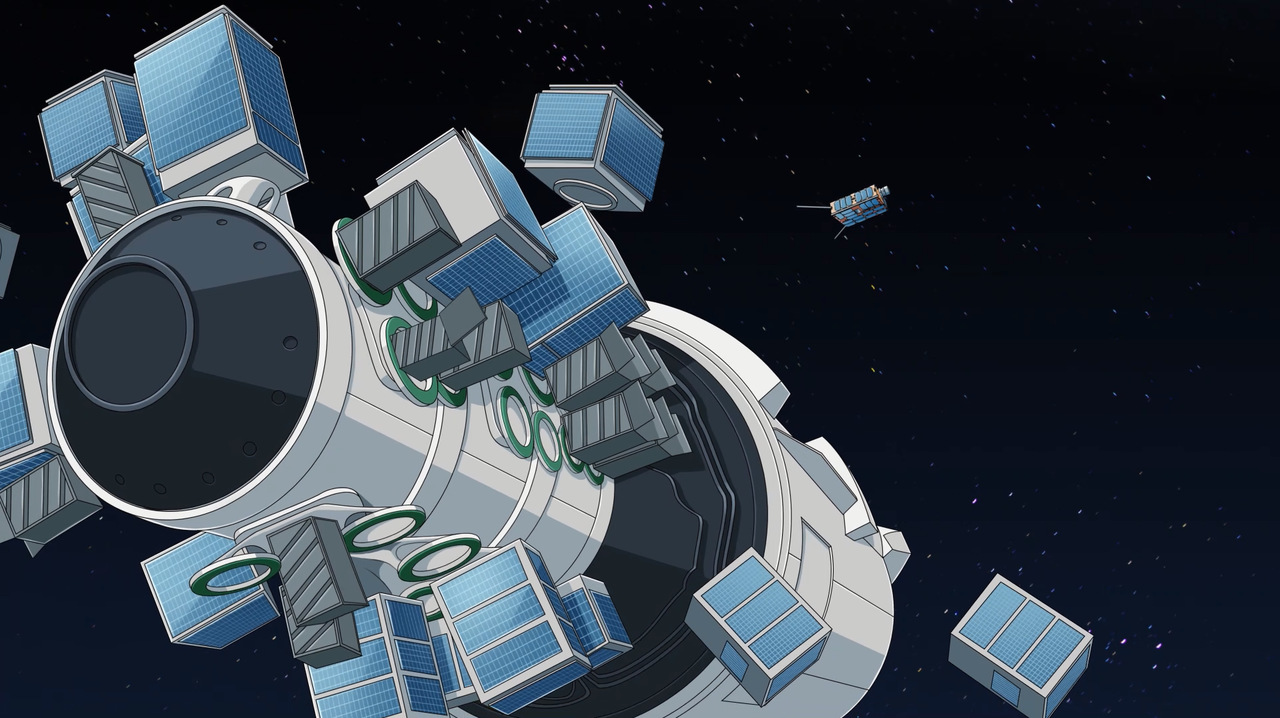Wyniesienie na orbitę rakiety Falcon 9 to demonstracyjna misja dwóch autorskich systemów: małego teleskopu do obserwacji Ziemi zwanego STAR oraz systemu do autoinspekcji stanu satelity określanego mianem VIBE.
STAR obrazuje Ziemię
Celem misji jest przetestowanie teleskopu STAR oraz technologii VIBE w warunkach kosmicznych.
Teleskop STAR umożliwia wykonywanie zdjęć Ziemi, które wiele powiedzą nam o:
- przebiegu globalnych zmian klimatu,
- skutkach katastrof naturalnych,
- zjawiskach wspierających efektywne rolnictwo.
VIBE analizuje jakość infrastruktury
Z kolei VIBE to system wizyjny znajdujący się na rozkładanej belce. Kamera połączona jest z komputerem pokładowym pojazdu kosmicznego, który zbierając obrazy w swojej bazie, umożliwia analizę za pomocą sztucznej inteligencji. A to pozwala z kolei sprawniej wykryć uszkodzenia infrastruktury orbitalnej, np. paneli słonecznych.
Cel misji: jak kosmos wpływa na oprzyrządowanie
Dzięki misji sprawdzony zostanie wpływ warunków panujących w kosmosie (próżni, wahań temperatury, wysokiego promieniowania, mikrograwitacji) na elementy teleskopu i elektronikę znajdującą się na pokładzie oraz na jakość zbieranych danych.
Misja STAR VIBE jest wyjątkowa dla polskiego sektora kosmicznego przede wszystkim dlatego, że VIBE to pierwszy polski instrument optyczny służący do autoinspekcji infrastruktury orbitalnej wyposażony w algorytm oparty na sztucznej inteligencji.
Wyniesienie rakiety na orbitę. Zobaczcie wideo
Transmisję z wyniesienia na orbitę rakiety Falcon 9 możecie zobaczyć na kanale „Z głową w gwiazdach”.




